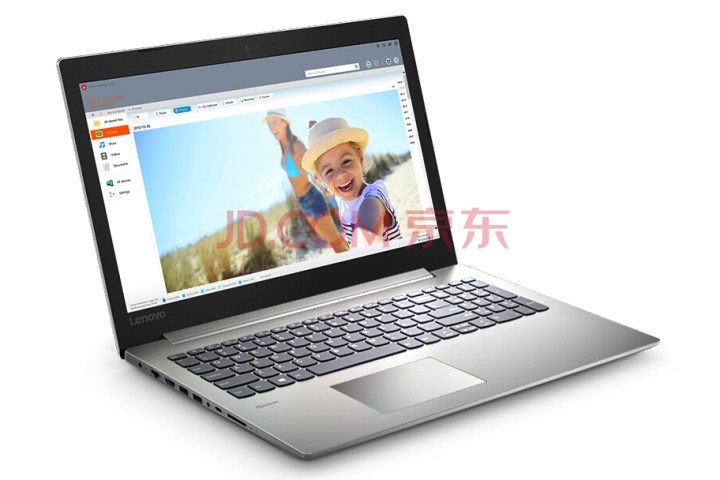
A laptop now listed in Asia is one of the first to sport Intel’s 10nm “Cannon Lake” processor. More specifically, it’s the unannounced Intel Core i3-8121U that just appeared in the company’s database sporting two cores with a base speed of 2.20GHz and a maximum speed of 3.20GHz. Both listings reveal that Intel’s 10nm processors are finally beginning to emerge on the market.
Intel first teased its 10nm processor at the beginning of 2017, packing it into a superthin 2-in-1 device. Products were scheduled to roll out later that year, but the launch never happened. Intel instead pushed back its Cannon Lake rollout until 2018 due to manufacturing difficulties stemming from the 10nm process. The smaller the processor components, the more problematic the manufacturing process becomes, producing a higher number of defective chips.
Don’t expect a massive flood of Cannon Lake-based devices in 2018. Production is low volume for now until Intel gets a handle on the 10nm process to produce “acceptable” yields. According to the company’s first-quarter financial results for 2018, Intel shifted its “volume” production of 10nm chips to 2019. Meanwhile, the company will continue to make optimizations to its 14nm process technology.
Technically, Intel’s Cannon Lake processor is a reduced version (aka, die shrink) of its optimized seventh-generation “Kaby Lake” design but falls within the company’s eighth-generation family of CPUs. Surprisingly, there’s no onboard graphics component, thus laptops will need a discrete graphics chip. The laptop listed in Asia relies on AMD’s Radeon RX 540 GPU with 2GB of GDDR5 memory dedicated to graphics.
The notebook in question is a refreshed Lenovo IdeaPad 330-15 sporting a 15.6-inch TN screen with a 1,366 x 768 resolution. Backing Intel’s CPU is 4GB of system memory (1x slot supporting up to 8GB), a 500GB hard drive spinning at 5,400RPM, and an optical drive.
As for other ingredients, the laptop’s port complement includes HDMI, two USB-A ports, one USB-C port, a gigabit Ethernet port, a headphone/microphone combo jack, and an SD card reader. Connectivity consists of Wireless AC networking and a Bluetooth component. All of this relies on a battery promising a mere two to five hours.
The Cannon Lake-powered device measures 0.90 inches thick and weighs around 5.5 pounds, which isn’t quite the thin-and-light form factor we were expecting. It’s currently listed for around $449 in Asia, but there’s no ship date for the device just yet.
Intel started 2018 with its third wave of eighth-generation Coffee Lake processors, adding new desktop and laptop variants in April, including Intel’s first six-core Core i9 mobile chip. The next processor launch will still remain under the eighth-generation banner code-named Whiskey Lake. These four-core chips replace the first wave of eighth-generation processors launched in August 2017 and will be followed by desktop CPUs for enthusiasts code-named Cascade Lake-X before the end of the year.
Given the Core i3-8121U is an eighth-generation chip, the Cannon Lake family should be the last of Intel’s eighth-generation lineup in 2019. They will be succeeded by Intel’s ninth-generation “Ice Lake” 10nm processor lineup.


